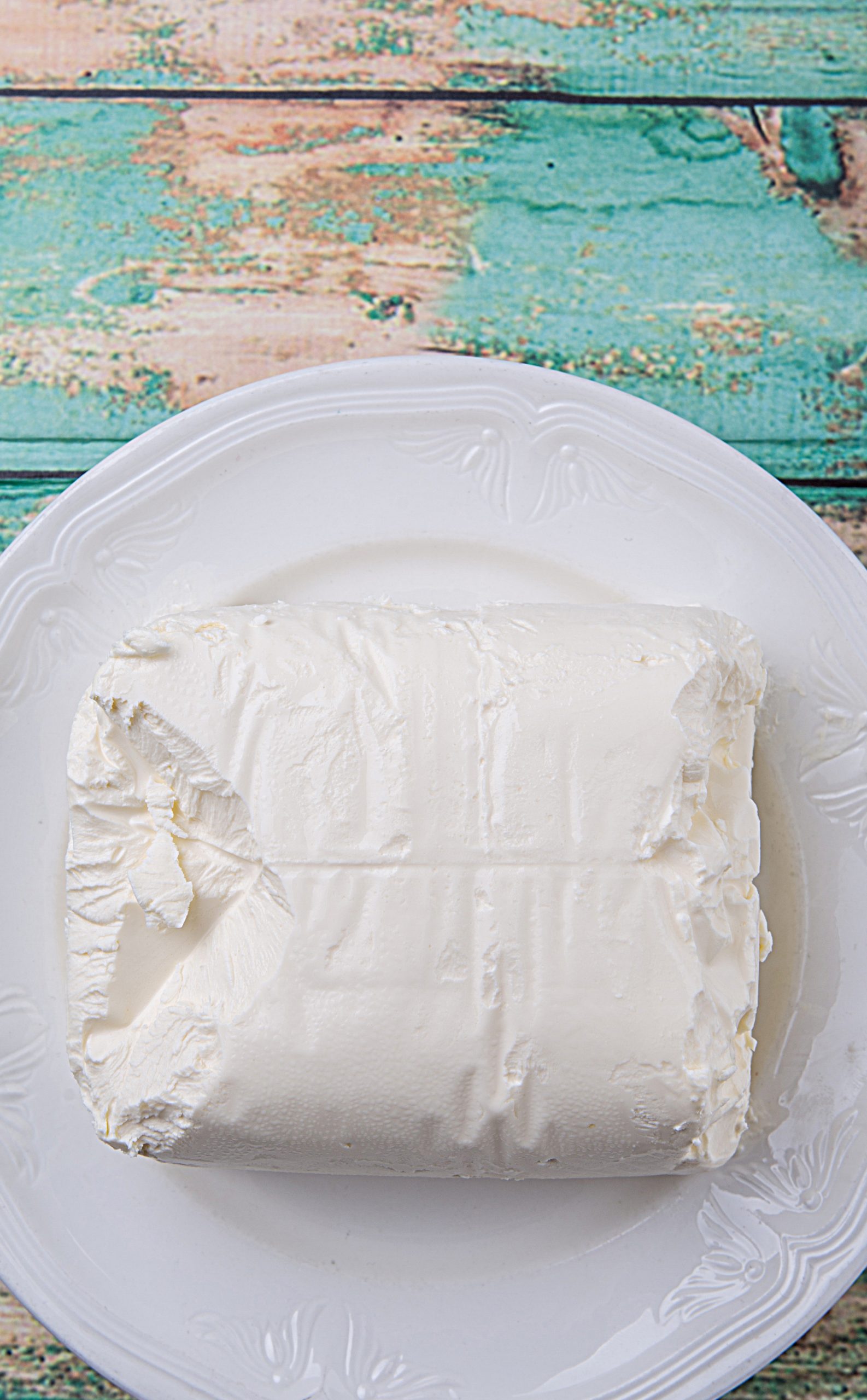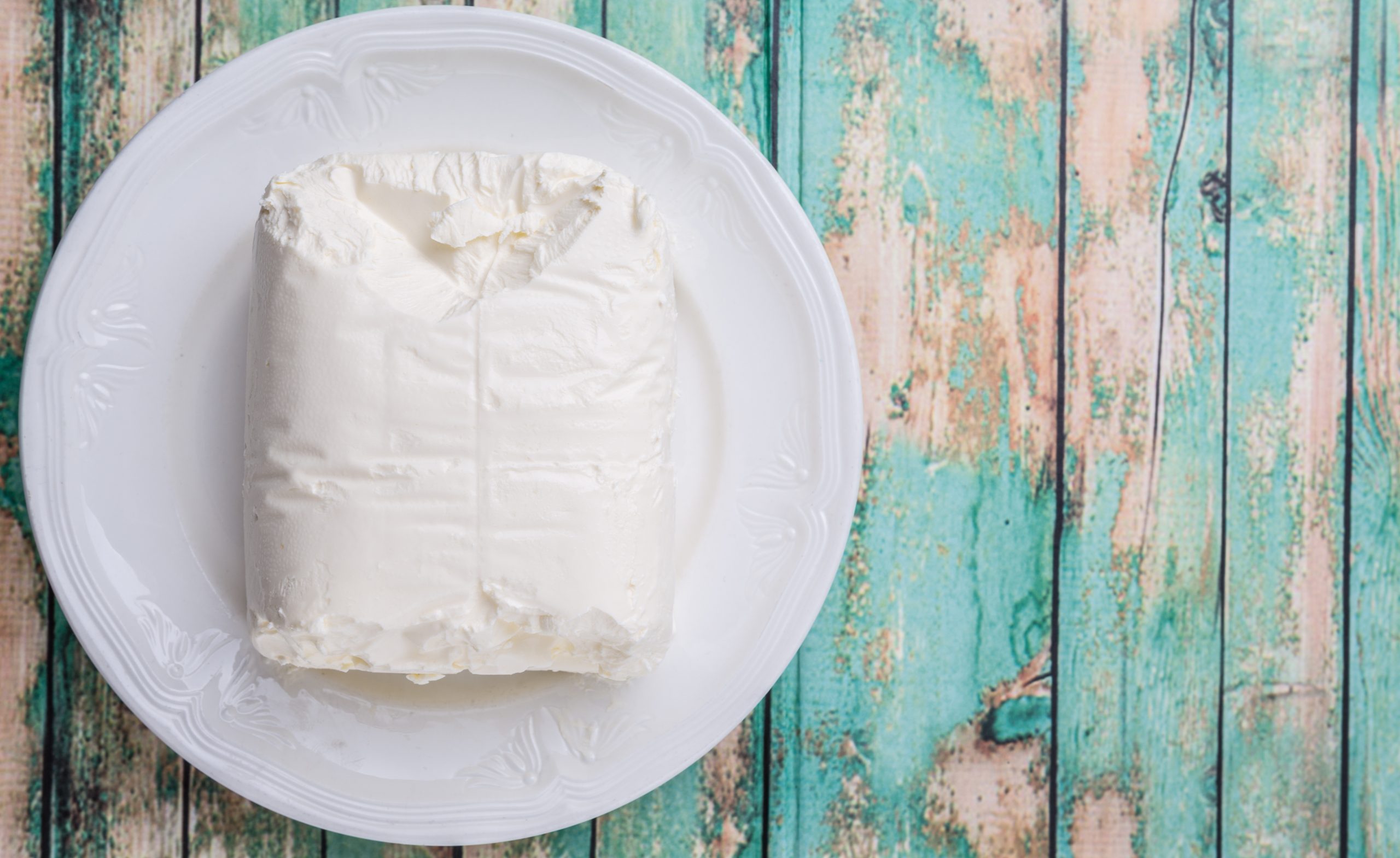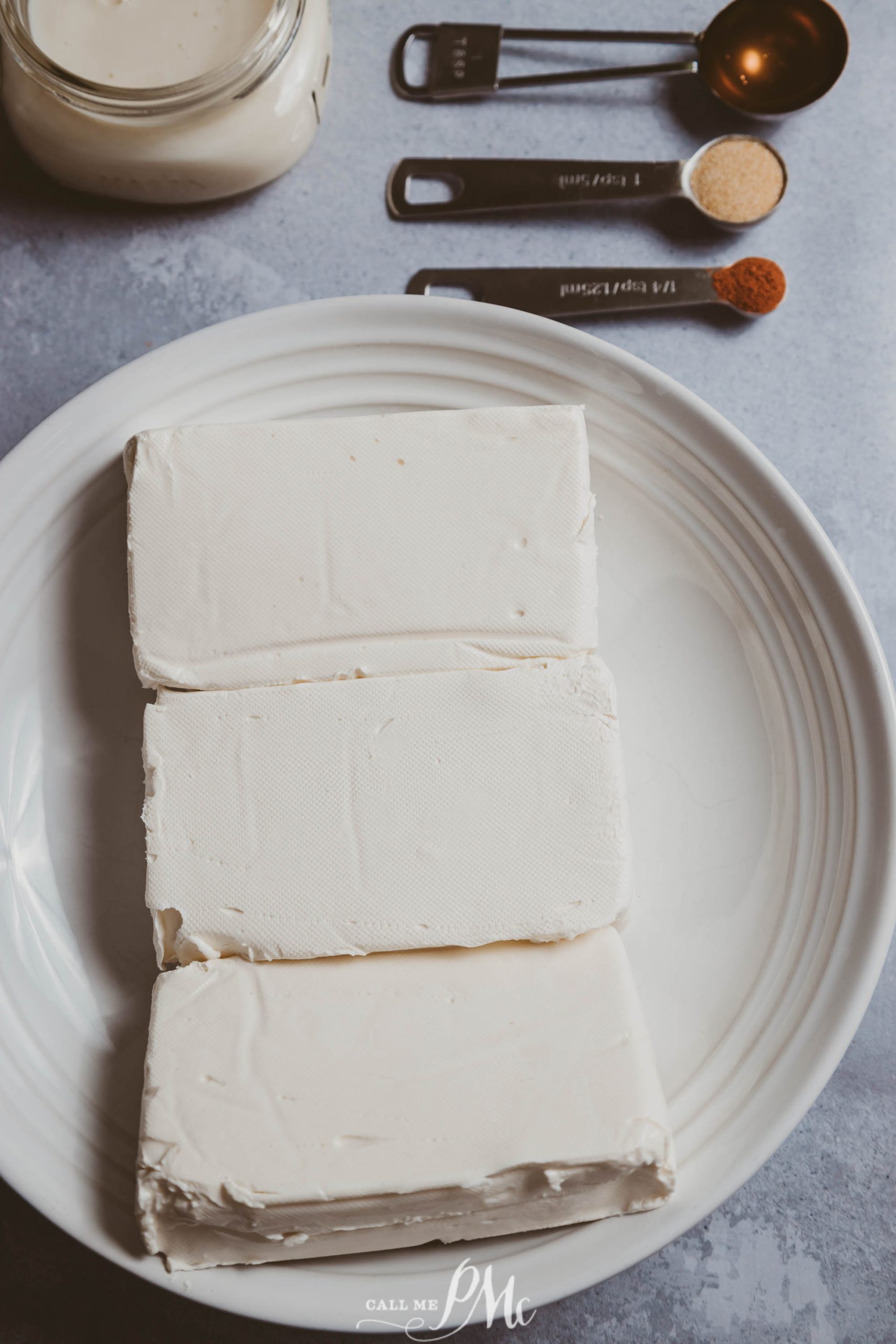How to store cream cheese
This post may contain affiliate links that won’t change your price but will share some commission.
Learn to Store

How to Store Cream Cheese
Cream cheese is a perishable dairy product, and improper storage can lead to bacterial growth, including harmful bacteria like salmonella and listeria. Mold growth, indicated by visible mold, and spoilage, evident through an off smell, taste, or the presence of liquid on the surface, are signs that the
Cream Cheese Composition:
Choosing the right
- Standard
Cream Cheese : Typically contains at least 33% milk fat with a moisture content of less than 55%. - Whipped
Cream Cheese : Lighter and more spreadable due to the incorporation of air. - Flavored
Cream Cheese : Infused with ingredients like herbs, fruits, or salmon for additional flavors. - Reduced-Fat/Low-Fat
Cream Cheese : Lower fat content, often substituting milk fat with stabilizers and preservatives.
The composition of
Purchasing Cream Cheese :
This one is a no-brainer. Buy
Prevent Spoilage: Store Unopened Cream Cheese
Proper storage of unopened
Cream cheese should not be left at room temperature for more than two hours. Bacterial growth can occur quickly, so proper storage is essential.- Refrigerate unopened
cream cheese at a stable temperature of 40°F (4°C) or below to prevent spoilage. - Place the
cream cheese in the main compartment, away from the door, to ensure a consistent temperature and protect it from fluctuations. - Unopened
cream cheese can typically last up to two months beyond the printed “sell-by” date if stored properly. Always check the packaging for specific recommendations and expiration dates.

Storing Opened Cream Cheese
After opening, appropriate storage is key to retaining flavor and texture while ensuring
Always use clean utensils to handle the
Place opened
Store Cream Cheese : Freezing
Extending Shelf Life: To extend the shelf life of opened
- Double-wrap the
cream cheese to protect against freezer burn. - Label the package with the current date to track how long it has been stored.
- Thaw in the refrigerator overnight when ready to use.
By following these methods, your opened
Thawing Methods: Read How to soften cream cheese. As well, to defrost frozen

Shop baking equipment needed at Walmart below. Click on the item to open the product.
Cooking with Cream Cheese
Here are reader-favorite recipes with
- Best Cream Cheese Frosting
- Block Cream Cheese Appetizer Spreads
- Cream cheese rollups
- Cream Cheese Pound Cake
- Chocolate Cream Cheese Frosting Brownies
- Cream cheese adds a dense, creamy texture when baked into products or incorporated into hot sauces.
- When baking, it enhances cheesecakes and serves as a rich filling for pastries.
- Use
cream cheese at room temperature to ensure smooth blending with other ingredients and to avoid lumps.
Blending and Texture Adjustment:
When incorporating
Maintaining Quality and Flavor:
Preserving the quality and flavor of
- Temperature Range: Keep
cream cheese in the fridge at 35°F to 40°F (1.7°C to 4.4°C) to prevent spoilage and food waste. - Opened Package Shelf Life: An opened package of
cream cheese will stay fresh for up to two weeks when properly stored. To extend its shelf life, consider covering the surface with plastic wrap before placing it in a container. - Minimizing Food Waste: Cut
cream cheese into portions to minimize food waste. Only take what you intend to use, promptly returning the rest to the fridge. - Odor Prevention: Put
cream cheese away from strongly scented foods in the fridge. Some prefer adding a thin layer of oil on the cut surface to create a barrier against air.
Remember, quality and flavor go hand in hand, and proper storage practices are crucial for retaining the intended experience of
By following these guidelines, you can ensure that your
Shop equipment at Target below, click on item to open product
You may also enjoy this lifestyle content.
- How to Soften Brown Sugar
- How to store garlic
- Paula’s Picks
- Tips for Safely Cooking, Storing, and Handling Meat
- 12 easy baking powder substitute
- How to Prep Cook and Store Fresh Basil
- How to make heavy cream
- Mojito magic: Wow your party guests with a DIY mojito bar.
- How to season a cast iron skillet
- Toasting Pecans – Mastering the Technique
- Meat the best: Top 5 steaks perfect for grilling
- How to Soften Cream Cheese
- How to make infused vodka
- How To Tenderize Steak: Mastering the Art
- How to grill burgers on gas, charcoal or pellet grills
- 10+ Boozy 21st Birthday Gift Ideas in 2023
- Slicing & dicing superstars: The Best Kitchen Knives
- 6 Types of Cocktails Everyone Should Know
- How many miles should you wear your running shoes?
- How to Keep Your Kitchen Clean & Organized While Cooking
- DIY Shoe Rack from Scrap Wood
- Building a Gluten-Free Pantry
- How to change your email on your Android
- Top 10 tips for using long shelf-life foods
- Difference in Baking Powder and Baking Soda
- 10 Minute Decluttering Tips

